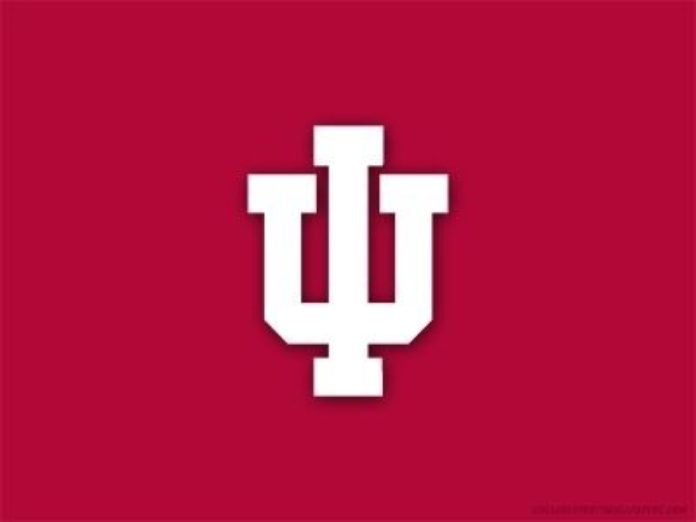BLOOMINGTON (IU Public Relations) —
| Energy insecurity, the inability to pay an energy bill, has long been a problem among low-income households in the United States. But a new survey from the Indiana University O’Neill School of Public and Environmental Affairs has found that COVID-19 is having a significant impact on an already vulnerable population, and is likely to send new households into it. |
| The study, “Survey of Household Energy Insecurity in the Time of COVID-19,” was conducted by O’Neill School professors Sanya Carley and David Konisky. It was administered in May to a sample of American households at or below 200 percent of the federal poverty line. A total of 2,381 responses were registered.
“This survey is the first to focus on energy insecurity among the most vulnerable households in the United States, and the results are striking,” Carley said. “We found that people of color, those living in poverty, and households with children and the elderly are more likely to miss payments of their energy bills and to face possible disconnections to electricity.” COVID-19 has only exacerbated an existing problem, according to the researchers. The survey found that 22 percent of respondents had to reduce or forgo basic household needs, like medicine or food, to pay an energy bill. Seventeen percent with income at or below the federal poverty line did not pay their energy bill in the previous month, 9 percent had received a shutoff notice, and 4 percent had their service disconnected. |
| “Energy insecurity is a widespread but under-appreciated hardship that many low-income households in the United States experience,” Konisky said. “Given the extreme economic dislocation that has resulted from the response to the COVID-19 pandemic, there is every reason to expect matters to become even more difficult for families all across the country.”
The survey found that households that were unable to pay energy bills in the previous month were more likely to be at or below the poverty line and headed by people of color, especially black, Hispanic and Native Americans. Households with children under the age of 5 or with at least one person over 65, households with one or more disabled people, households with people who require the use of an electronic medical device, and households where someone either lost a job or had hours reduced since the beginning of the COVID-19 pandemic were also disproportionately affected. Additional findings included:
Carley and Konisky noted that prior to 2020, energy insecurity was already expected to worsen due to the adoption of various energy policies that will likely increase energy prices, coupled with the increased incidences of heat waves resulting from climate change that lead to surges in energy demand. But with the onslaught of the COVID-19 pandemic, and as people continue to stay at home throughout the hot summer months, the most vulnerable households will find it difficult to afford monthly expenses, including energy bills, the researchers said. And even more troubling, the increasing energy demands of summer combined with a reduction in income is likely to move a new population of households into energy insecurity. The survey has been made available by the O’Neill School. |





